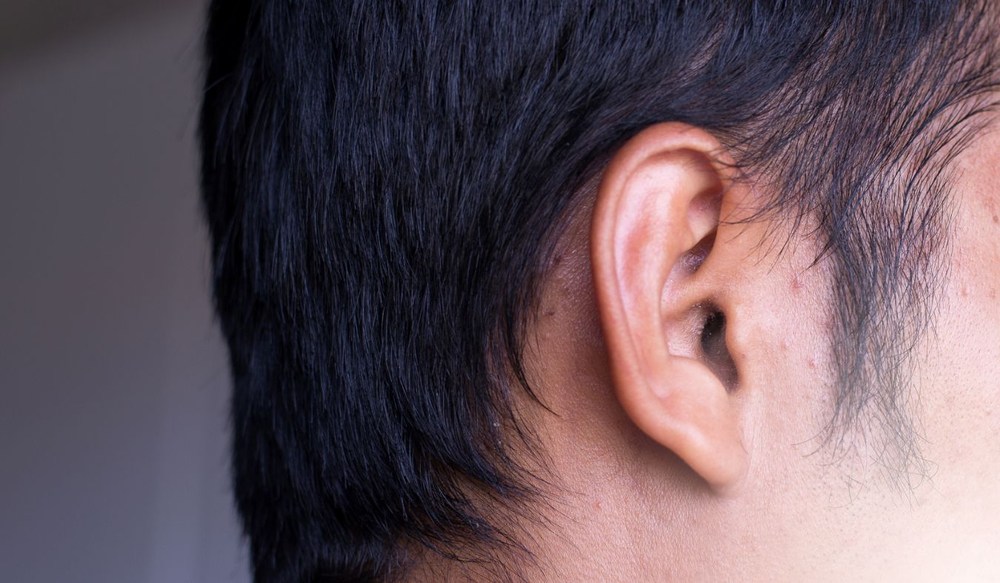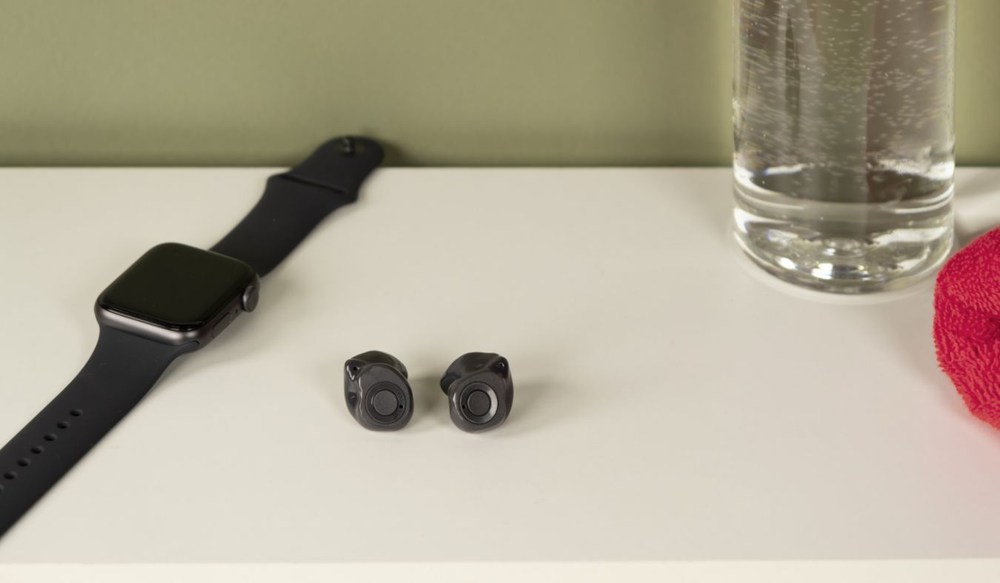Hearing Loss and Its Impact on Family Dynamics
When you have trouble hearing, it affects how your entire family talks
We value our patients and want everyone to be safe. We will be happy to see any patient that is in need of our service. Service is our #1 priority!


When you have trouble hearing, it affects how your entire family talks

Winter weather brings unique challenges when you wear hearing aids. Cold

Understanding hearing aid feedback is important for anyone who relies on